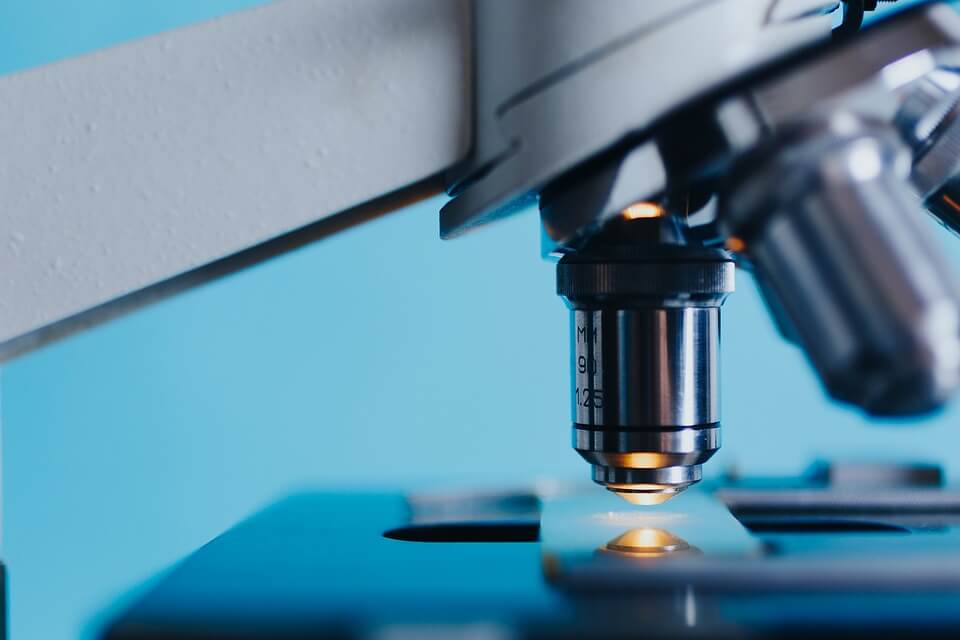The new line of cellQART cell culture inserts, offered by Sterlitech, have important applications in medical science. Cell culture inserts have been used widely in tissue engineering because they allow access to both sides of the membrane. Each insert is designed to fit inside the well of a culture plate, making it more effective for growing 3D tissue layers than seeding cells directly on the surface of a plate.
Tissue engineering is a field of regenerative medicine aimed to mend and restore function to damaged tissues (1), where tissue is generated outside the body on external scaffolds. Damage to tissues can result from injuries like burns or wounds, or chronic illnesses like cancer or diabetes. In the body, cells that make up tissues are connected by a matrix, which provides a scaffold support and facilitates cell communication and nutrient exchanges. When artificial tissues such as skin or cartilage are grown outside the body, a cellular scaffold must be engineered to support the tissue structure and function. Such scaffolds can be designed from different materials depending on the served intention of one of the following purposes: cell attachment, cell delivery and retention, nutrient delivery, or exert influence to modify cell phase behavior. For example, growing artificial skin, which was approved for medical use in patients in 1996, works best on a semipermeable polycarbonate scaffold with a pore size of 3.0 micrometers (2,3).
3D epidermal tissue culture (Artificial Skin)
Skin is the largest organ in the human body, and up to 5 million skin graft procedures are performed each year in the United States (2). However, the benefits of 3D skin models go beyond medical care. Artificial skin is also a valuable asset to R&D for animal free product testing, toxicity assessments, UV photoaging, cancer biology, and cell growth and communication studies (4). Cell culture inserts are beneficial for growing skin because they allow access to both sides of the tissue layer, creating a true liquid-air interface.
The basic steps to growing artificial skin in a system with cell culture inserts and donor cells cells are explained below (1, 5, 6).
- Use of 6, 12, or 24 well culture plates, loaded with 3 μm clear PET cell culture inserts (CellQART®). A larger well size will give a greater surface area for growth.
- Cells from the donor patient are seeded onto the scaffold in a solution containing nutrients and growth factors.
- Growth medium is added to the lower compartment. The upper compartment may initially contain a cell suspension medium, which is later removed to simulate the air-liquid interface for skin cell development.
- Change the growth media every few days by simply pipetting around the cell culture insert.
- The culture will be ready to harvest in about two weeks.
Tissue engineering with cellQART cell culture inserts
The accessibility and versatility of cell culture inserts is a driving force for innovation in tissue engineering. CellQART® cell culture inserts come in a variety of pore sizes, three optics choices (clear, translucent, and black), and seamlessly fit with standard 6, 12, and 24 well culture plates. Customizable options give the user more control over experimental conditions and better visualization of results. CellQART® inserts are made with high quality and trusted TRAKETCH® filter membranes for superior performance. Check out the new line of CellQART® products offered by Sterlitech here or contact Sterlitech at [email protected] or call 1-877-544-4420 for more information.
References:
- Tissue Engineering and Regenerative Medicine. National Institute of Biomedical Imaging and Bioengineering (NIBIB). Retrieved from https://www.nibib.nih.gov/science-education/science-topics/tissue-engineering-and-regenerative-medicine
- Brockbank K. Tissue Engineering Constructs and Commercialization. Madame Curie Bioscience Database [Internet]. Austin (TX): Landes Bioscience; 2000-2013. Retrieved from: https://www.ncbi.nlm.nih.gov/books/NBK6008/
- CellQART Cell Culture Inserts. Retrieved from https://www.sterlitech.com/cellqart
- Brohem CA, Cardeal LB, Tiago M, Soengas MS, Barros SB, Maria-Engler SS. Artificial skin in perspective: concepts and applications. Pigment Cell Melanoma Res. 2011;24(1):35-50. doi:10.1111/j.1755-148X.2010.00786.
- Vörsmann H, Groeber F, Walles H, et al. Development of a human three-dimensional organotypic skin-melanoma spheroid model for in vitro drug testing. Cell Death Dis. 2013;4(7):e719. Published 2013 Jul 11. doi:10.1038/cddis.2013.249
Establishing human skin tissue on Nunc Cell Culture Inserts in Carrier Plate Systems. Thermo Fisher Scientific inc. 2018. Retrieved from https://assets.thermofisher.com/TFS-Assets/LCD/Application-Notes/Modeling%20human%20skin%20tissue%20using%20Thermo%20Scientific%20Nunc%20Cell%20Culture%20Inserts%20and%20Carrier%20Plates.pdf



![Join Sterlitech at BIO 2024 [Booth #5558]: Exploring the Future of Biotechnology](https://www.sterlitech.com/media/magefan_blog/b4.jpeg)

